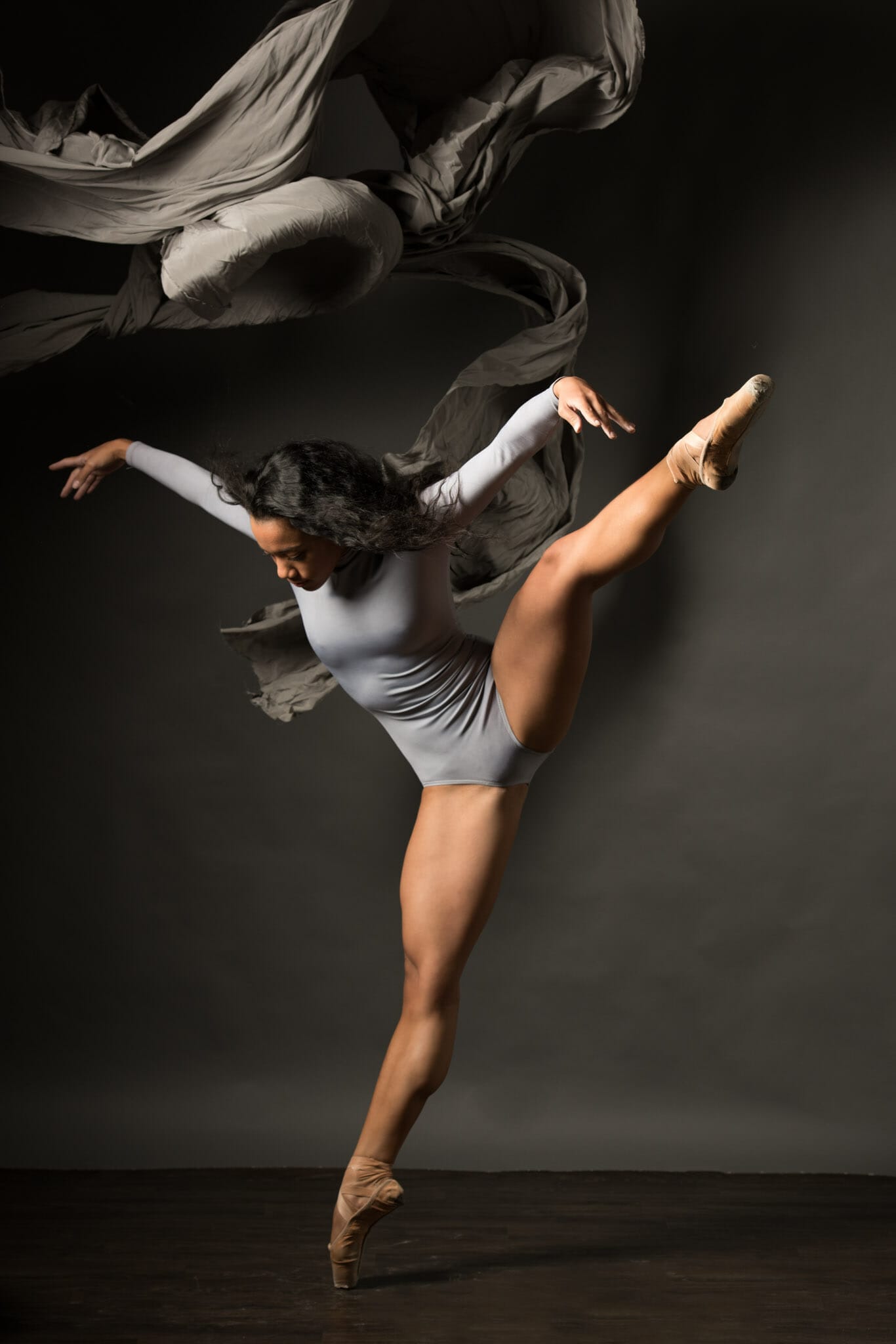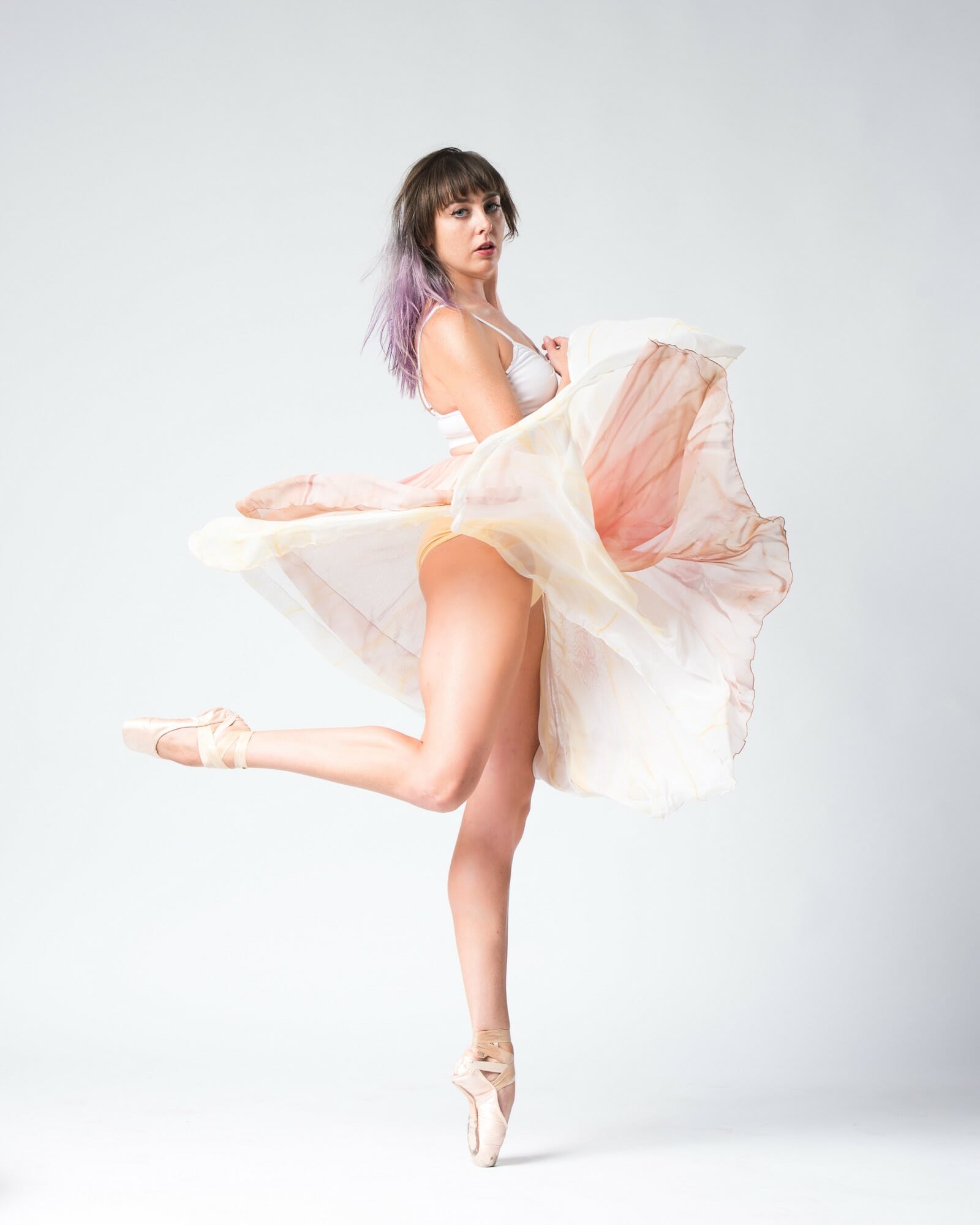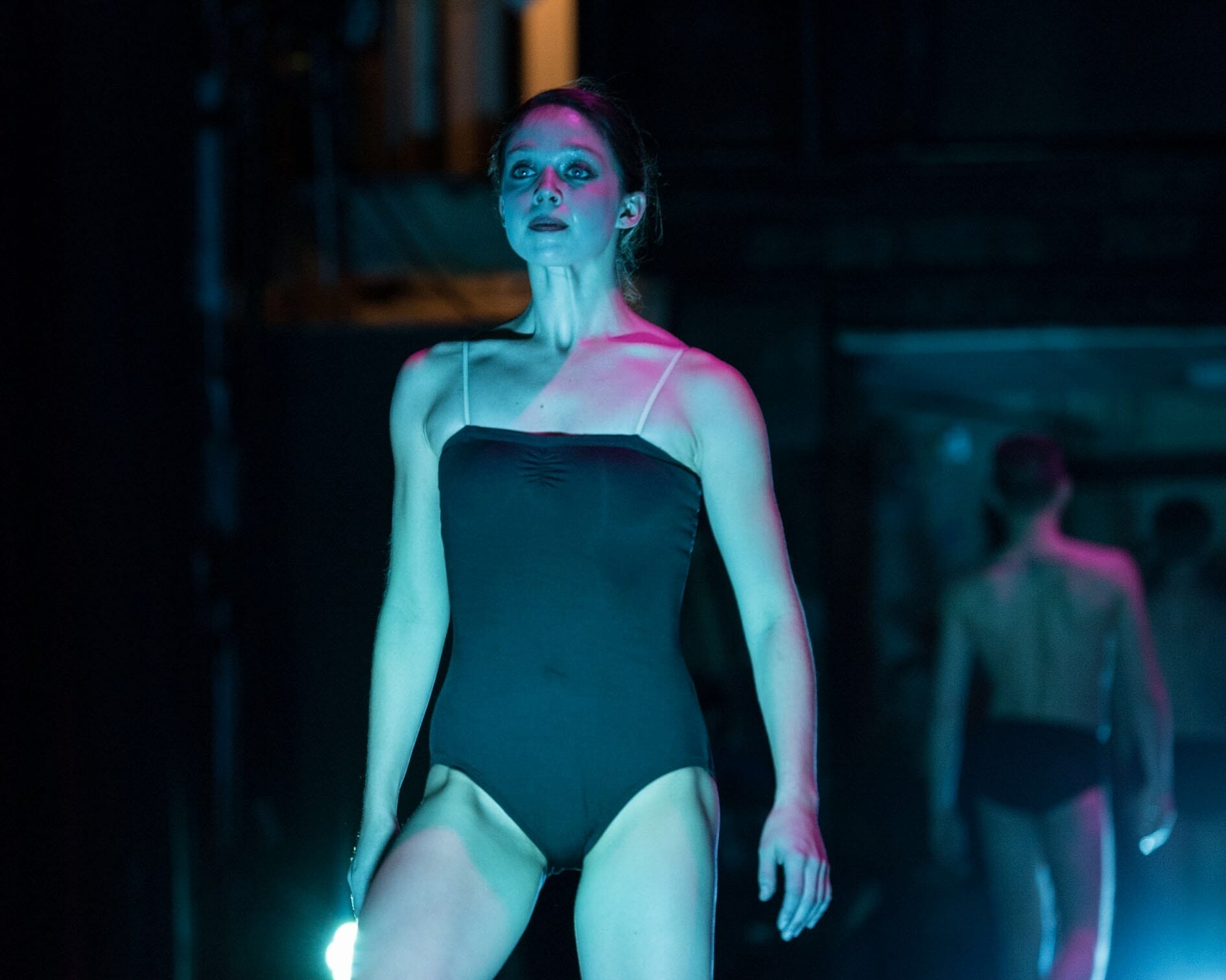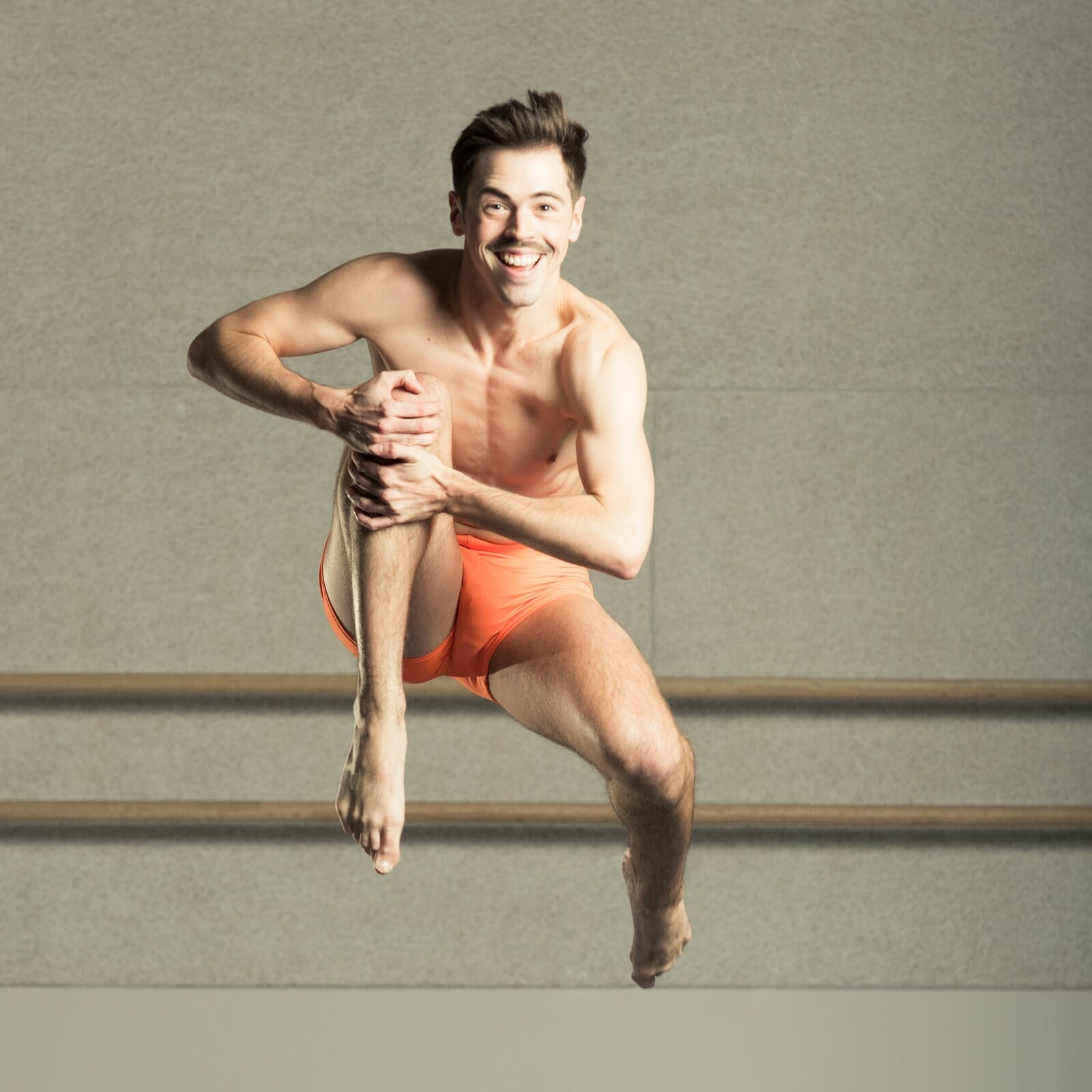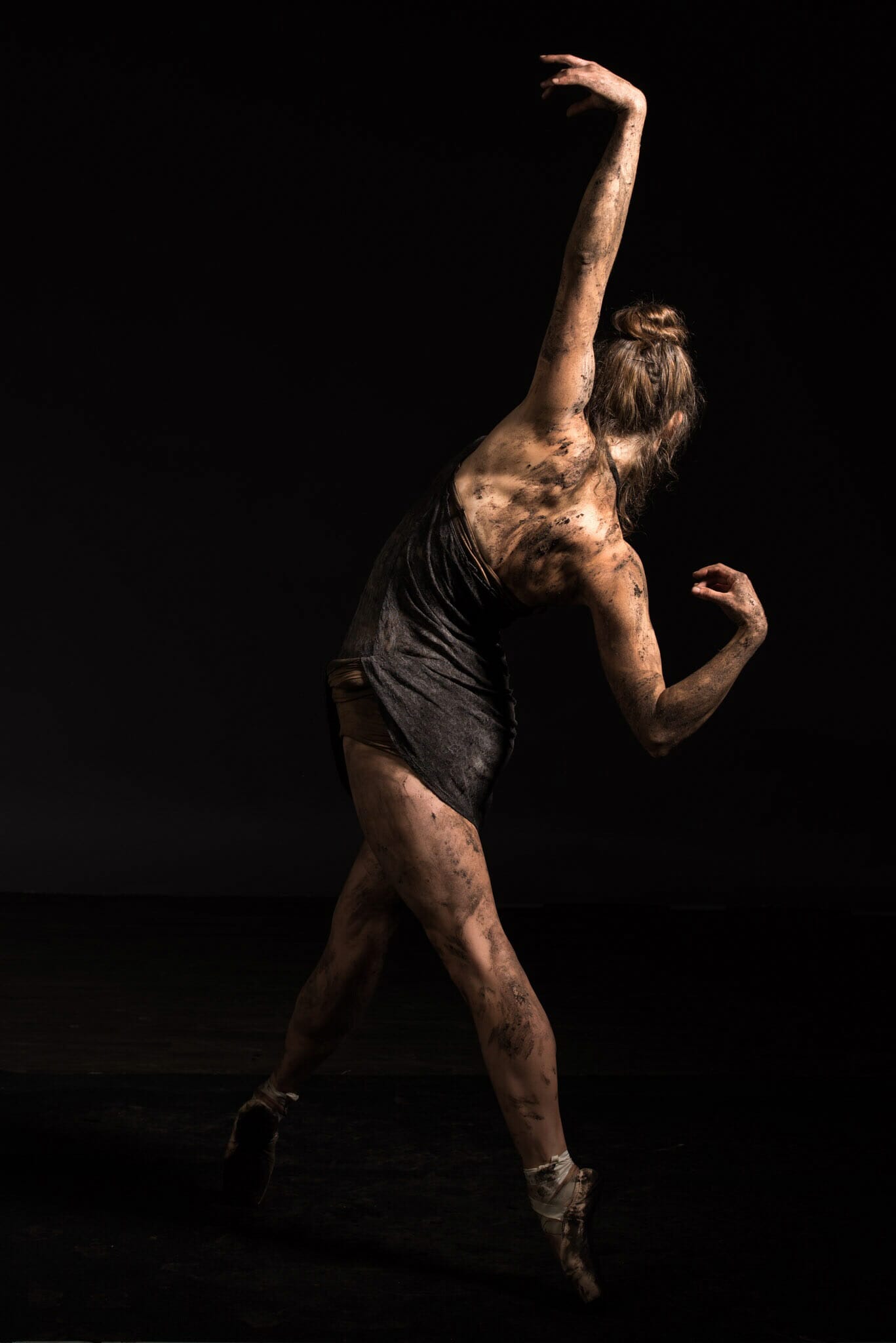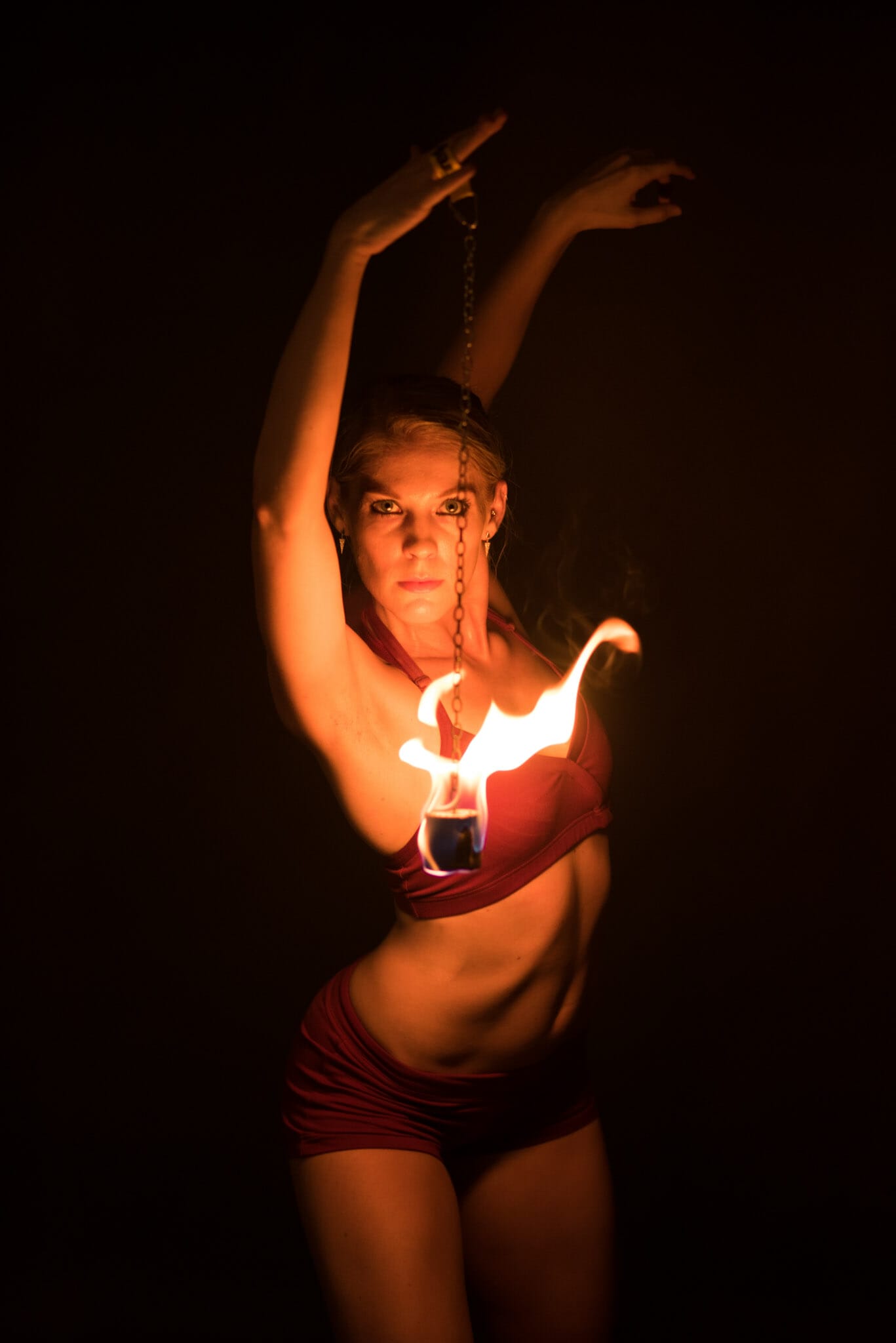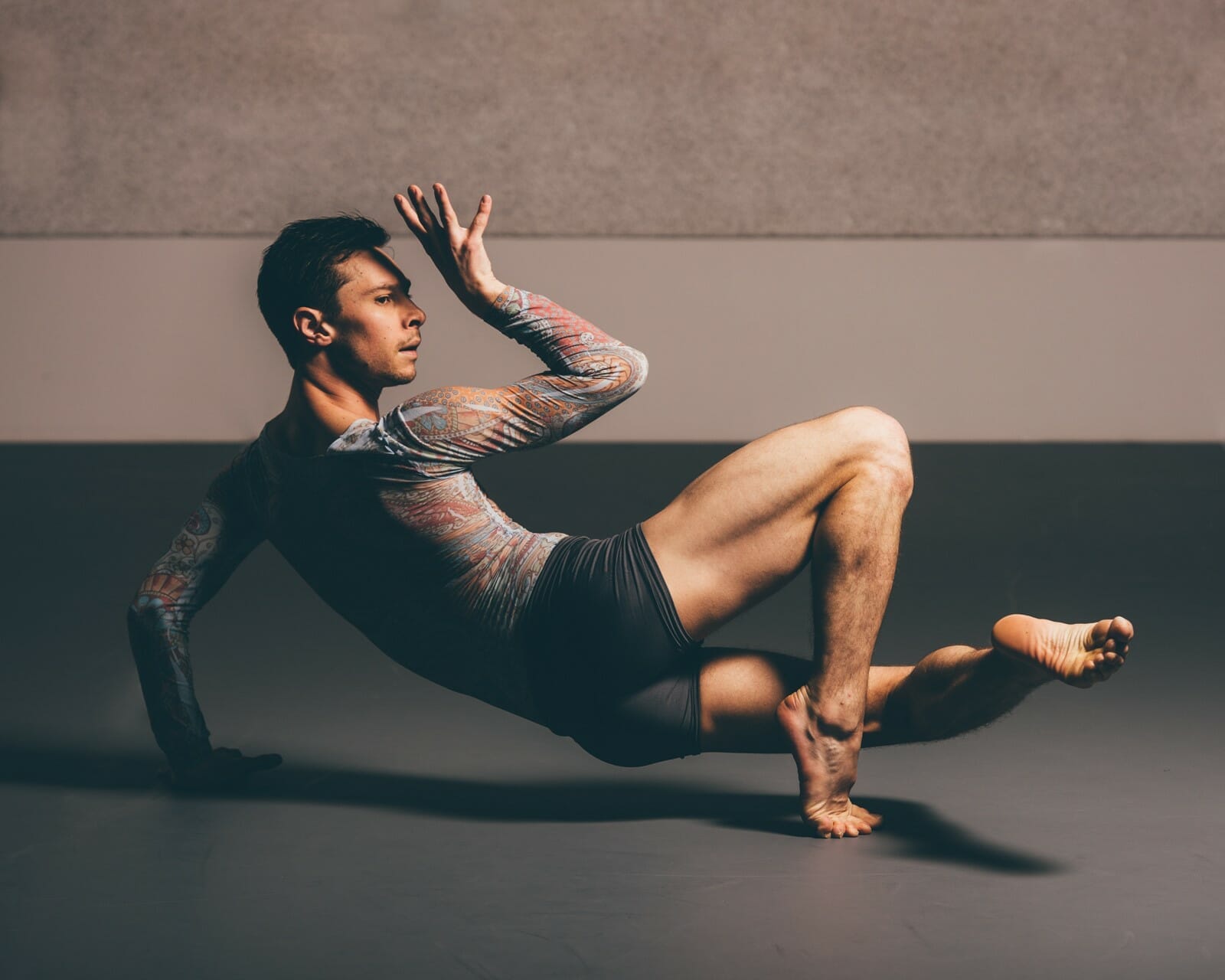Choreographer Joseph Caruana is co-founder of Elements Contemporary Ballet, producing work that "...cultivates an appreciation for ballet by producing original, distinctive, and dynamic performances that are relevant and exciting to today’s audiences...". (You see images of Elements Contemporary Ballet's dancers to the left.)
Here, Caruana comments to Picture this Post (PTP) with great candor and enthusiasm about the MCA's exhibit "Merce Cunningham: Common Time".
PTP: Were you surprised by anything you saw in the MCA's Merce Cunningham exhibit?
Caruana: I actually had never seen his work before this exhibit tour; I only knew his name and that there was a modern dance technique associated with it. I was extremely surprised by what I saw! He seemed to be on a similar wavelength to Balanchine in the 50s and 60s, but with more of a scientific purpose. Rather than music or human relationships, his interests were the functioning body and the limits of space and time.
PTP: At any point in your artistic development, did Cunningham’s precedent work affect you?
Caruana: Not consciously, but it seems I have been influenced by his work through the influence he gave my teachers and choreographic mentors.
PTP: In your view, how has dance evolved since Cunningham’s time?
Caruana: I think Merce opened up a million possibilities for today’s choreographers. What he did really is a gift to us all, to show us how the space could be used, the rules that could be abandoned in regards to the construction of movement and staging. He made his choreography such a blank slate (which is why I think that his visual artist collaborations worked so well) that future generations can follow some of his formulas or model their work after his and this can be an excellent vehicle for our personal voices, our expression. Like any great scientist, we are all still learning and benefitting from what he discovered.
PTP: The subtitle of the exhibit “Common Time” refers to Cunningham’s unique collaborations with artists in other realms in which he unleashed them as equals, rather than direct their contribution to his works. Do you do similar?
Caruana: What I got from the exhibit was that Merce’s work and the work of the artists he collaborated with were quite separate. Meaning, the artists and the look of the pieces would change, but the choreography seemed to remain basically the same through each work. Or, if the choreography grew from work-to-work, it grew on its own trajectory, not necessarily from the collaborations. I’m not sure why this was Merce’s purpose or intent. If I could guess, I’d say that he liked to remove the “colors” of human emotion, story, melody, etc form his work, and then as an experiment have these elements filled in by random artists. Maybe he was looking to see something different in himself through all of this? Or maybe it was a tool to bring attention to his work, which might have at first been hard for audiences to comprehend.
PTP: -What is your favorite part of this exhibit?
Caruana: I enjoyed the points at which you could see video of more than one Cunningham work at once within your visual field. I think all of his work compliments itself, and when combined in this way adds even more complexity.
PTP: How do you think being a choreographer affects how you experience this Merce exhibit compared to the non-dancing lay public?
Caruana: As choreographers we have a ton of biases and opinions based on our past experiences to deal with! And of course our eyes are looking for the dancing, looking past the art that is so integrated into Merce’s work and this exhibit. So possibly it would be better to come into this exhibit without dance experience, to come at it with fresh, non-analytical eyes.
The one thing I will say is that, as a choreographer, I know that most dance is meant to be viewed in linear time. A piece begins and ends and it is intended to be watched in that way. While Merce might not have cared about that construct, and his work might not entirely rely on it, there is something to it.
The most affecting moment I had on this tour was when a few of us stopped to watch a video of one of the works for about five minutes. We got swept up in it, followed the patterns and the action, and got something out of it. I was grateful to be able to look past the busy exhibition set-up and the wild colors of his collaborators to stay engaged with one piece of his choreography for a few minutes, which really paid off.
Editor's Note - This is part of Picture this Post's series - CHOREOGRAPHERS' EYES - DANCERS EXPLAIN DANCE. Find more here.
Photos: Topher Alexander, courtesy of Elements Contemporary Ballet.


